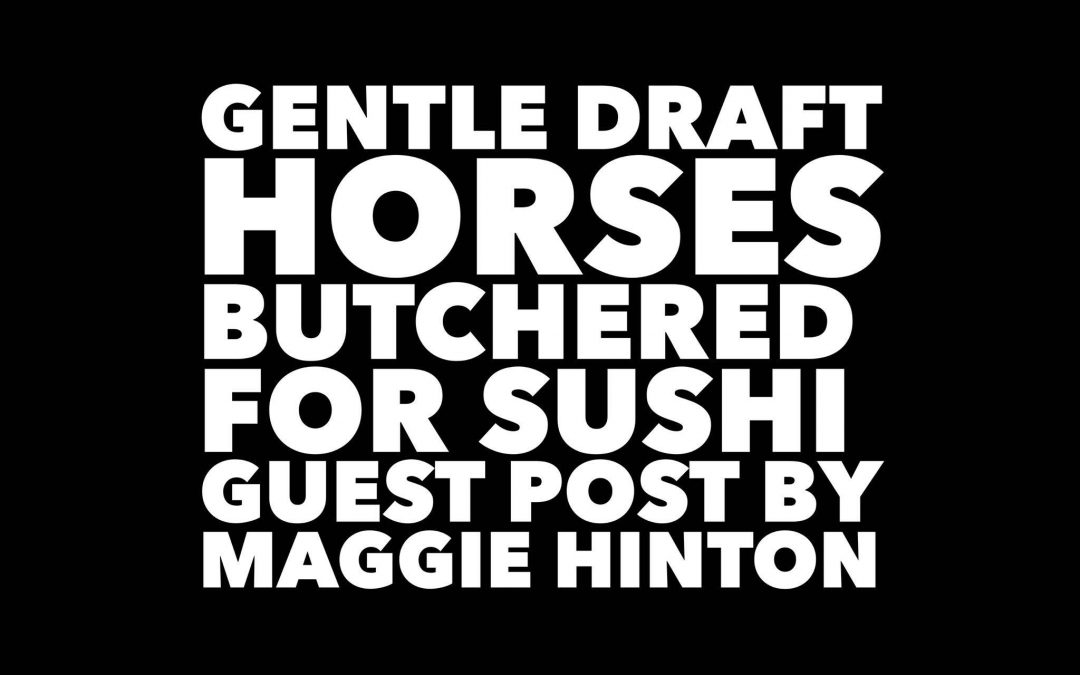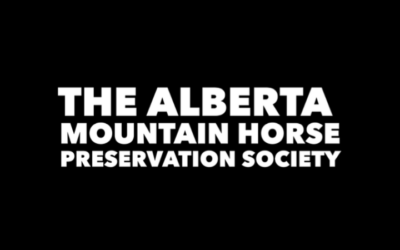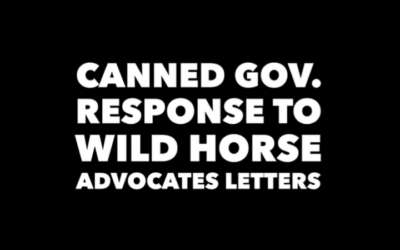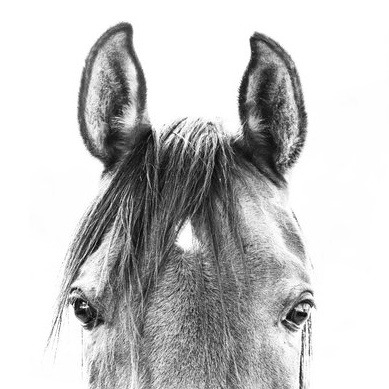Very special thanks to Maggie Hinton of Canadians Against Horse Abuse who writes:
Many Canadians and Americans do not realize that even though horse slaughter is currently not allowed in the United States, horses from both countries are slaughtered in Canada for human consumption.
Additionally, since 2012 draft horses have been shipped by air from Canada to Japan to be slaughtered for consumption, including for sushi.
The Canadian Meat Council, a member of the *Canadian Agri-Food Trade Alliance (CAFTA) coalition worked on a **deal with the Canadian Government and Japan to eliminate tarriffs on the export of horses from Canada to Japan for slaughter.
Since that time individuals and organizations including the Canadian Horse Defence Coalition(CHDC) have been lobbying the Canadian government to stop the shipment of live horses for slaughter to Japan.
CHDC issued the first press release on the subject of live horse exports to Japan for slaughter in 2012, and were quick to point out how shipping horses live to Japan is economically feasible, because the CFIA is turning a blind eye to their own shipping regulations…
“Footage taken of Alberta horses being shipped live to Japan for slaughgter shows that the Canadian Food Inspection Agency (CFIA) is violating their own standards set forth in the Health of Animals Regulations. The regulations prohibit the transportation of all animals under conditions that would expose the animals to undue injury or suffering.”
More recently CHDC sued the Canadian Food Inspection Agency, which is a Canadian Federal Government agency for blatantly ignoring international shipping regulations.
So again, like many others, you may be wondering how shipping horses by air to Japan could possibly be economically feasible.
Eliminating tariffs helped keep costs down. In addition, kill buyers and producers get away with keeping horses in crowded, wet, dirty, cold, feedlots without adequate shelter, including in winter — and we all know how cold Canadian winters can be. Horses are transported in crowded trailers to the airport.
Then because the Canadian Food Inspection Agency turns a blind eye, horses are shipped by air to Japan in flimsy, wooden crates, with as many as possible crammed into each crate. (Shipping regulations allow for one draft horse per crate, but that regulation is consistently ignored.)
When shipping by air, horses are denied basic nutrition and water, pushing the limit to what the horses can tolerate. Horses destined for slaughter travel to Japan without the watchful eye of a trained equine specialist. After all, that would mean an added expense.
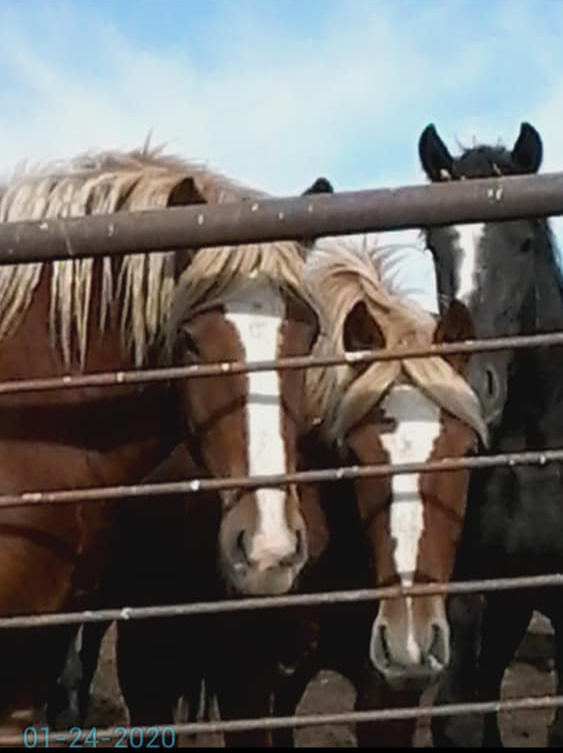

Pictures of horses in a holding pen in Alberta, Canada and destined for slaugher -- are courtesy of Christine Gallant.
*The Canadian Agri-Food Trade Alliance (CAFTA) is a coalition of national and regional organizations that support a more open and fair international trading environment for agriculture and agri-food. CAFTA’s members: Canola Council of Canada, Canadian Cattlemen’s Association, Pulse Canada, Soy Canada, Canadian Pork Council, Canadian Meat Council, Canola Growers Association, Grain Growers of Canada, Cereals Canada, Canadian Sugar Institute, Alberta Cattle Feeders Association, National Cattle Feeders Association, Barley Council of Canada. Based on domestic exports data for 2015, CAFTA’s members account 48 billion dollars of exports, representing 80% of the total value of Canadian agricultural and agri-food products exports.
**In 2012 Canada and Japan announced the launch of negotiations towards a comprehensive and high-level economic partnership agreement (EPA). The agreement known as the Canada-Japan Economic Partnership seeks to reduce and in some cases eliminated the non-tariff and tariff barriers that limits trade between the two nations.
CAFTA seeks expanded market access in Japan through the removal of import tariffs and non-tariff trade barriers.
CAFTA supports Canada’s participation in the EPA and believes it will significantly contributes to the growth and competitiveness of the agricultural sector.”
The following is page 2 of a 1,134 page report – a spread sheet:
https://www.international.gc.ca/trade-agreements-accords-commerciaux/assets/pdfs/tpp-ptp/2-D.Japan-Tariff-Elimination-Schedule.PDF (Global Affairs Canada)
“TARIFF SCHEDULE OF JAPAN (HS2012)
(Year 1 – 21 and subsequent years)
LIVE ANIMALS AND ANIMAL PRODUCTS – (NO TARIFFS with exception of 010121.290)
01.01 Live horses, asses, mules and hinnies
Horses
0101.21 Pure-bred breeding animals
010121.100 Certified as being those other than Thoroughbred,Thoroughbred-grade, Arab, Anglo-Arab or Arab-grade horses (hereinafter referred to as “light-breed horses”) in accordance with the provisions of a cabinet order
2 Other
010121.210(1) “Light-breed horses” certified as being those used for purposes other than horse-race and as being not pregnant in accordance with the provisions of a cabinet order
010121.290(2) Other 3,400,000 yen/each
0101.29 Other
010129.1001 Certified as being not “light-breed horses” in accordance with the provisions of a cabinet order
2 Other
010129.210(1) “Light-breed horses” certified as being those used for purposes other than horse-race and as being not pregnant in accordance with the provisions of a cabinet order “


T-SHIRTS IN SUPPORT OF HORSE RESCUE FUND
LIMITED TIME OFFER FREE SHIPPING CANADA & USA
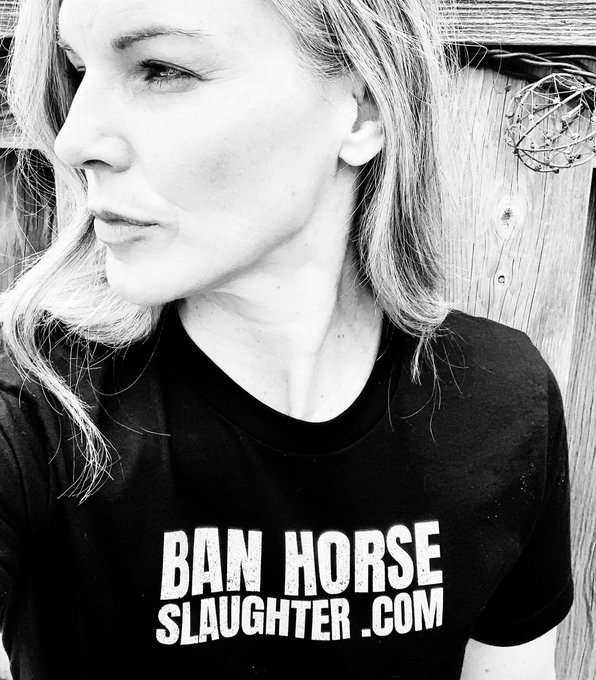
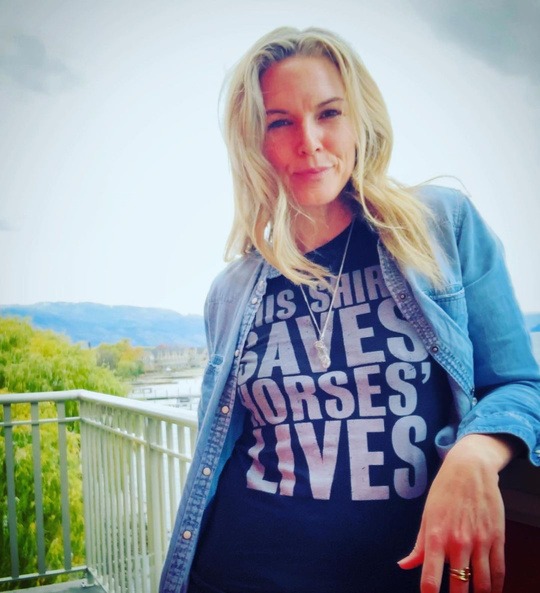
CANADA SLAUGHTERS HORSES FOR HUMAN CONSUMPTION
It may be hard for some to believe that tens of thousands of horses, including pets, are routinely slaughtered in Canada, for human consumption.
Some of the meat is consumed in Canada and much of it is shipped to the European Union and other markets, including Japan.
The barbaric slaughter of horses is currently not legal in the United States, BUT horses, including pets and ex-racehorses, from the United States are shipped to Canada and to Mexico to be slaughtered.
In addition Canada allows for the transportation of live horses to Japan, to be slaughtered for human consumption, and unfortunately the transportation of horses destined for slaughter within Canada, and by air, is far from humane.
SHOW HORSES SHIPPED TO JAPAN FOR SLAUGHTER
First published August 31, 2022 - UPDATED December 14, 2024. Have you ever wondered who is behind exporting horses from Canada to Japan for the purpose of slaughter for human consumption?According to an article from Ontario Farmer magazine titled: HORSES STILL HEAD TO...
ALBERTA MOUNTAIN HORSE PRESERVATION SOCIETY
The Alberta Mountain Horse Preservation Society are very concerned about wild horses and the threats to their existence in Alberta. They are a non profit society and we found the questions and concerns they shared in this post especially interesting.WE ARE CURRENTLY...
VIDEO: DARRELL GLOVER (HAWS) REACTS TO GOVERNMENT RESPONSE LETTER
December 13, 2024: The Alberta Provicial Government, under the Minister of Forestry and Parks, and the Rangeland Department, have decided to begin removing wild stallions and darting 90 mares with a 3 year contraceptive, by implementing a new 2023 wild horse...

